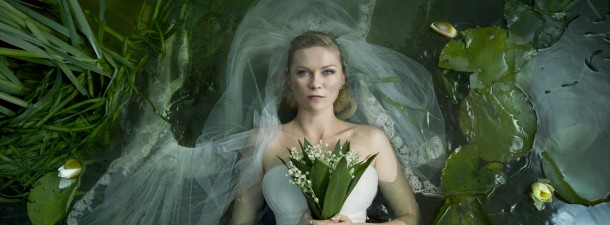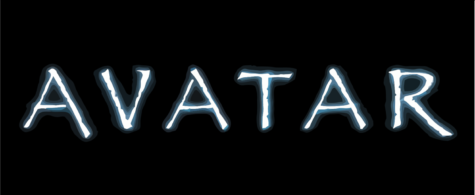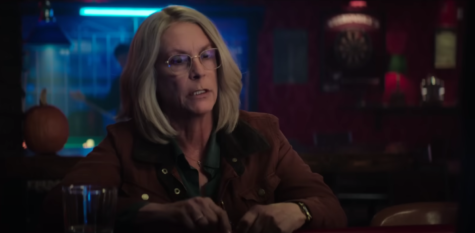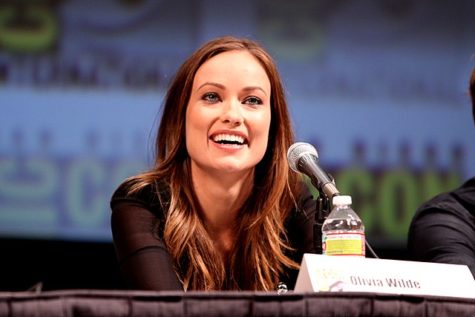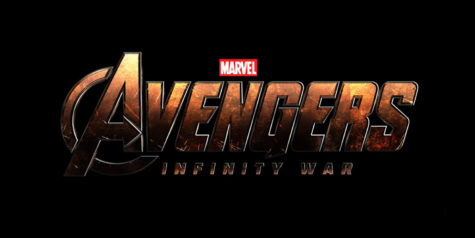Movie Review: ‘Melancholia’
September 18, 2012
The release this week, available in the Media Center (lower level, room 2) of Parks Library, is the 2011 film “Melancholia,” which won Kirsten Dunst the Best Actress at the Cannes Film Festival.
It is not rare to hear about films predicting the end of the world, but it is rare to find one that takes such great care in constructing each shot to show beauty and character rather than violence, taking the viewer along for a much stranger ride than was first anticipated.
I was crazy excited about last year’s films at Cannes. I read about many of them and put many of them on my ever-growing watch list. “Melancholia” was one of those films, mostly because it sounded so unusual and all the stills I saw put me in a tizzy with their stunning imagery. Thus finding it at Parks Library was an immediate checkout, when I was ready for my art-apocalyptic film fix.
The film opens with Justine (Dunst) and Michael (Alexander Skarsgård), whom have just been married and are currently sharing the backseat of a limousine. It becomes apparent that the driver cannot drive the limousine very well, which may or may not have contributed to the new couple being more than two hours late to their decadent wedding party, hosted by Justine’s sister Claire (Charlotte Gainsbourg) and her husband, John, (Kiefer Sutherland). Everything here is beautiful and elegant, except the attitude of the disgruntled guests. As the film unrolls, we learn more about Justine and the quirks that run in the family, as well as how the blue planet called Melancholia is headed towards the Earth.
There are three parts to this film, the first being a sequence of slowed movements that open the movie, giving you a sort of premonition of what will happen, other than the obvious ending of the world. It runs like a metaphor I still cannot entirely grasp, either because it seems too cliche or because it feels disjointed. To be honest, I’m really not sure how to feel about it. The looks of it are captivating, but the root of what it is supposed to really mean completely eludes me.
The second part is given an official title: Justine. This part focuses mainly on her throughout the wedding party, illuminating the complexity of her character and her relationships. Once the wedding party ends, the third part begins.
This part is entitled Claire. As it suggests, it focuses more on her side of the story, showing the world through her eyes and giving us an idea of her struggles, which are more obvious and easily picked up than those of Justine. The planet Melancholia is also officially introduced and its part in the story more explained, building up to the ending. So to break it down in my own words: part one is fancy metaphorical hoopla, part two is the explanation of Justine’s character, and part three is about how Melancholia’s arrival affects the characters.
The filming is done differently, being of a shaky quality and in a free-motion style, almost like someone was taking home videos of a really, really nice quality. After watching the special features available on the DVD, I can confirm this to be the case, in so many words. I find it to be effective, following the action almost the way your eye would naturally, being fluid but jagged at the same time. There have been some discussions on this technique as being amateurish, but I find it to be appropriate for this story and not excessive.
As an aspiring set designer, I always pay attention to the sets of films or plays. This particular set is stunning, being so extravagant and lovely. While I know the landscaping is mostly CGI in long shots, it looks amazing; one can only hope such a place exists. The mansion’s interior that they evoke through the wedding party scenes is incredible as well. Contrasting with those scenes are the more frequently used rooms, such as the room with the bookcases and small sitting area that I dub the study, that while sophisticated show a more comfortable and down-to-earth feel, helping to more effectively show the character of John and Claire; lavish but practical.
The acting is fantastic on all accounts, it being clear Dunst is the one to watch. Occasionally, one wanted to shake Gainsbourg for being so uptight, but that only reinforced how well she played her part, particularly at the ending; watch her body language in the final scene because she does exactly what the average person would do. Which leads me to the point that she is said to act as the normal, average person in the way she reacts to Melancholia and its inevitable collision with Earth; she gets scared, she gets nervous, she tries to escape, etc. She doesn’t hide the fact she’s terrified, but she still tries to be brave. In disparity with Dunst’s Justine, whom at this point is a combination of icy and concern, she is the crazy one.
The haunting soundtrack is the prelude to Richard Wagner’s “Tristan und Isolde,” used in bits and pieces throughout the film but mostly one particular portion which one could easily be titled as “Justine’s theme.” As the actual title implies, it is supposed to tell a love story, but if this film is using it for that, you can decide whom it is for.
The special features on this DVD are nice and short, giving you enough information to gleam some insight but not enough to get a lot of in-depth process work. There is a lovely featurette that shows the layers of certain scenes and how they were created, which is enlightening, but if you’re looking for a better understanding of what you just saw, you’re out of luck. However, if you want to know the realness of this planet collision and some of the weird effects it has on the people in the film, there is a featurette to discuss it as well, because they had some professionals working on it to make it as believable as possible.
For all these reasons, I have to admit falling into fascination with “Melancholia.” While it is a strange film and something that will require multiple viewings, I suggest it when you’re looking for a new take on the apocalyptic genre, albeit a strange one. Just note that it is not the sort of film for entertainment, but rather for thoughtful examination.
For more information, check out IMDB: http://www.imdb.com/title/tt1527186/

